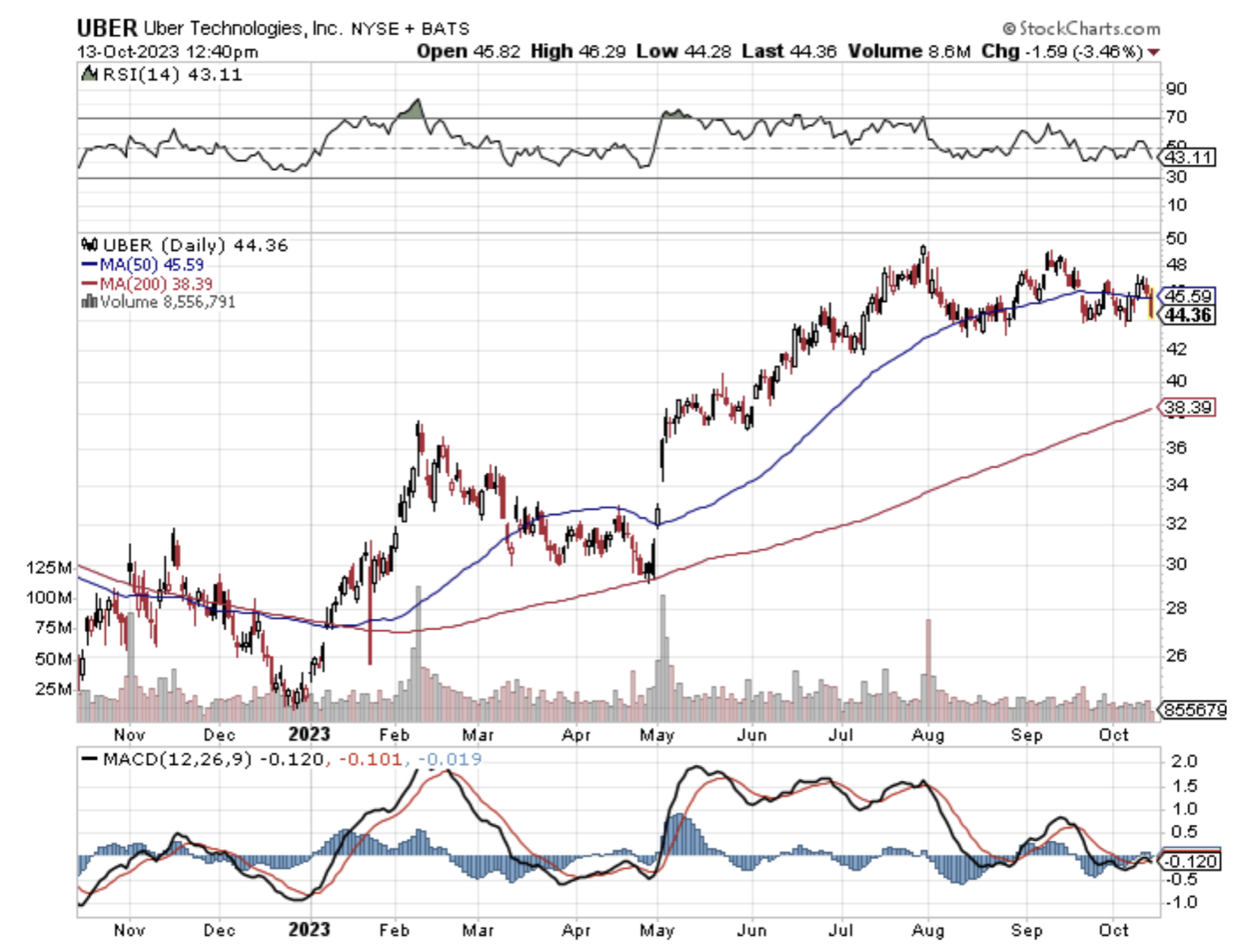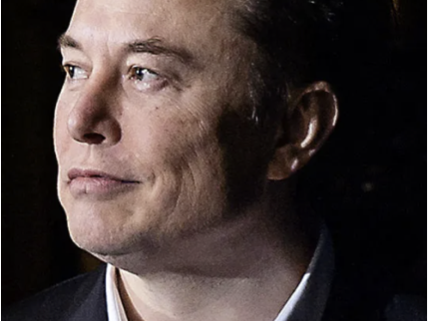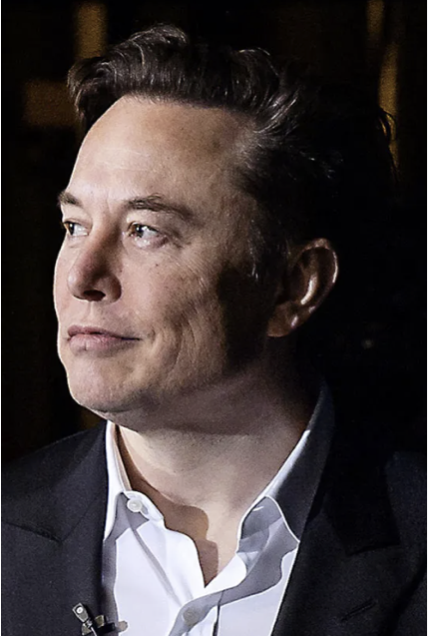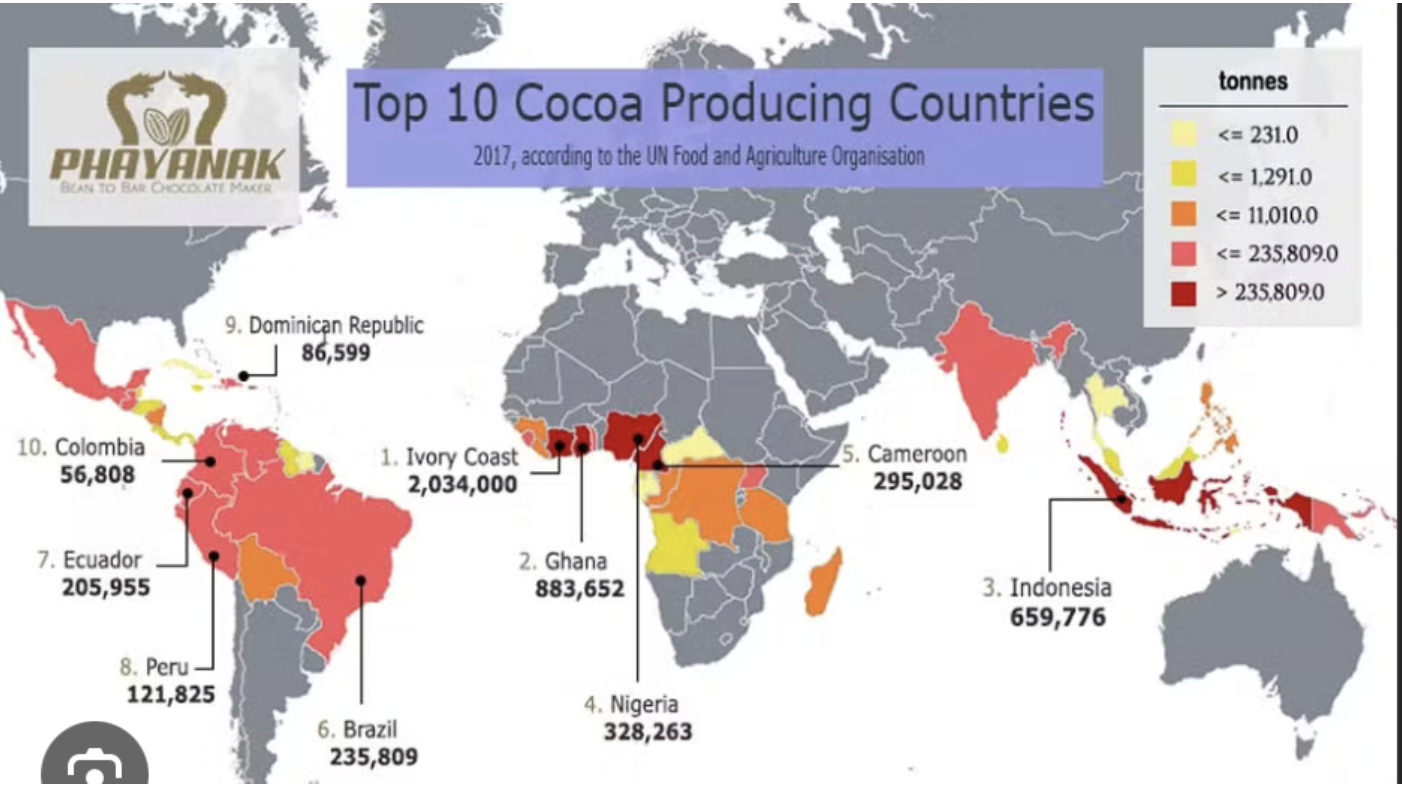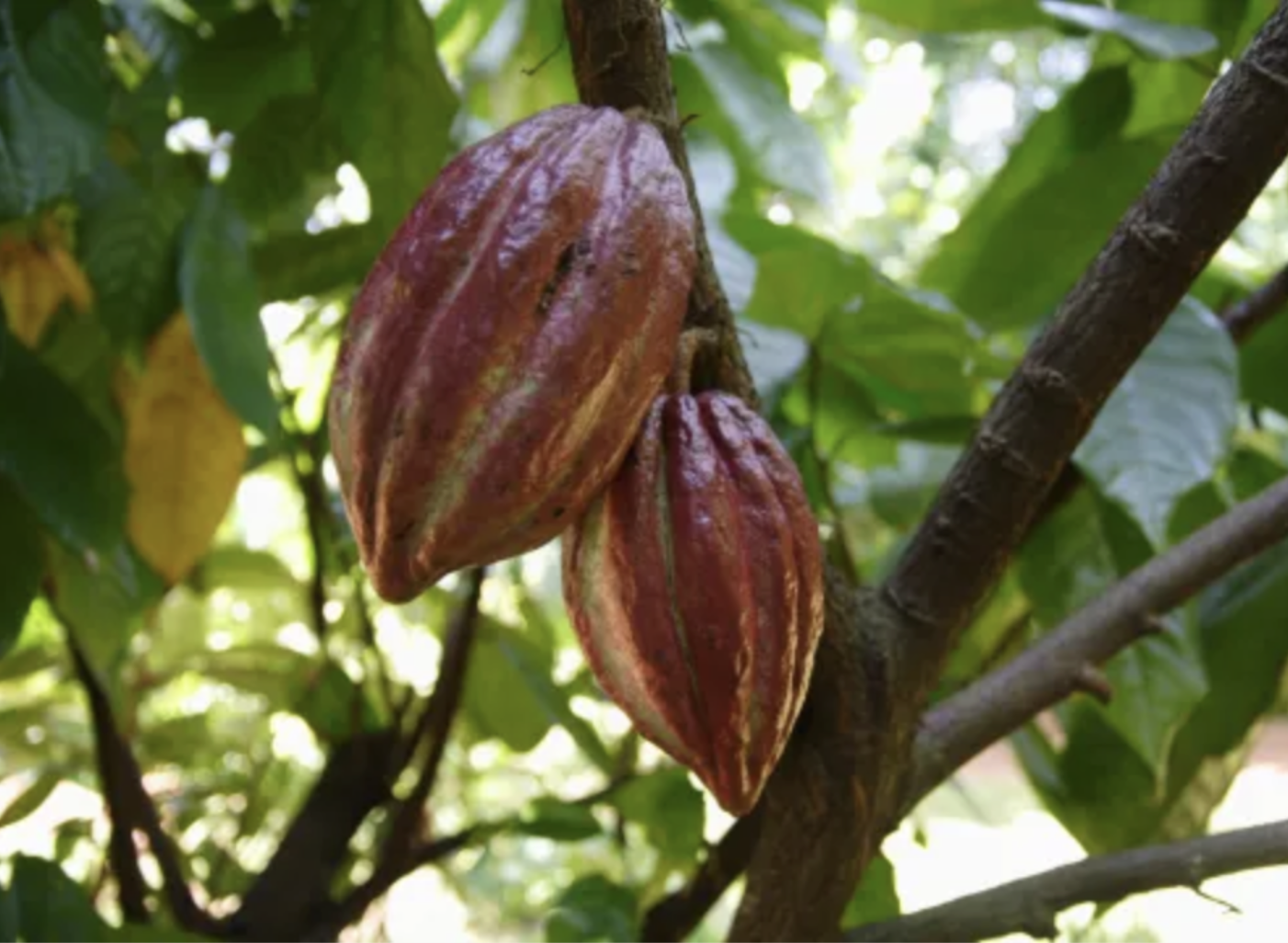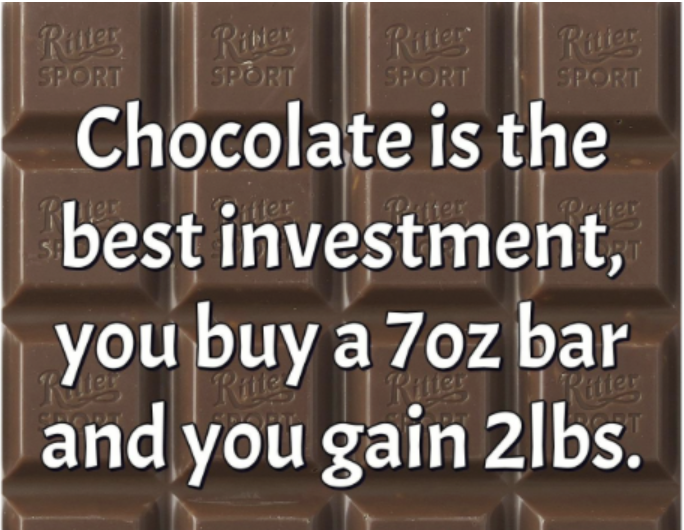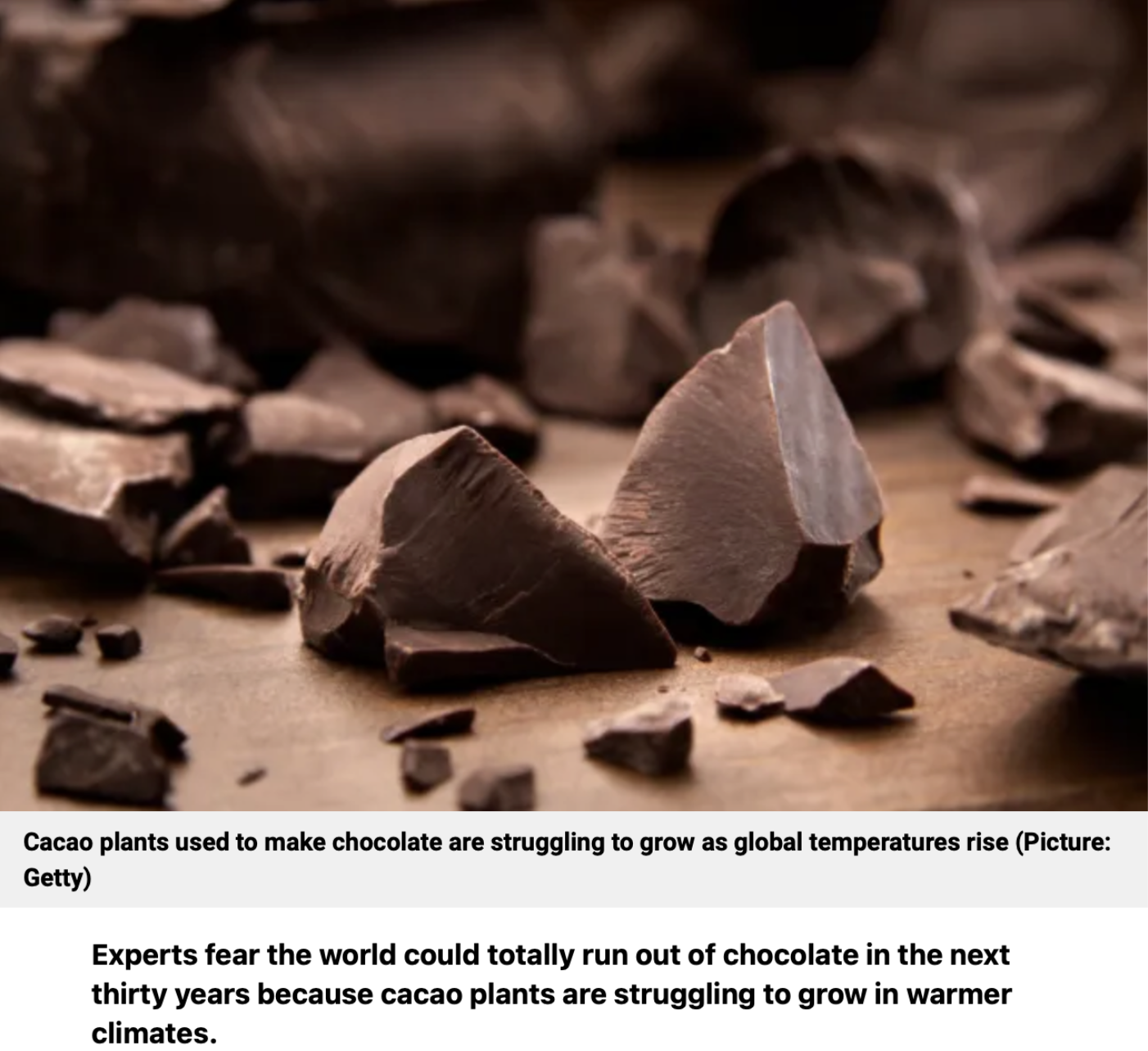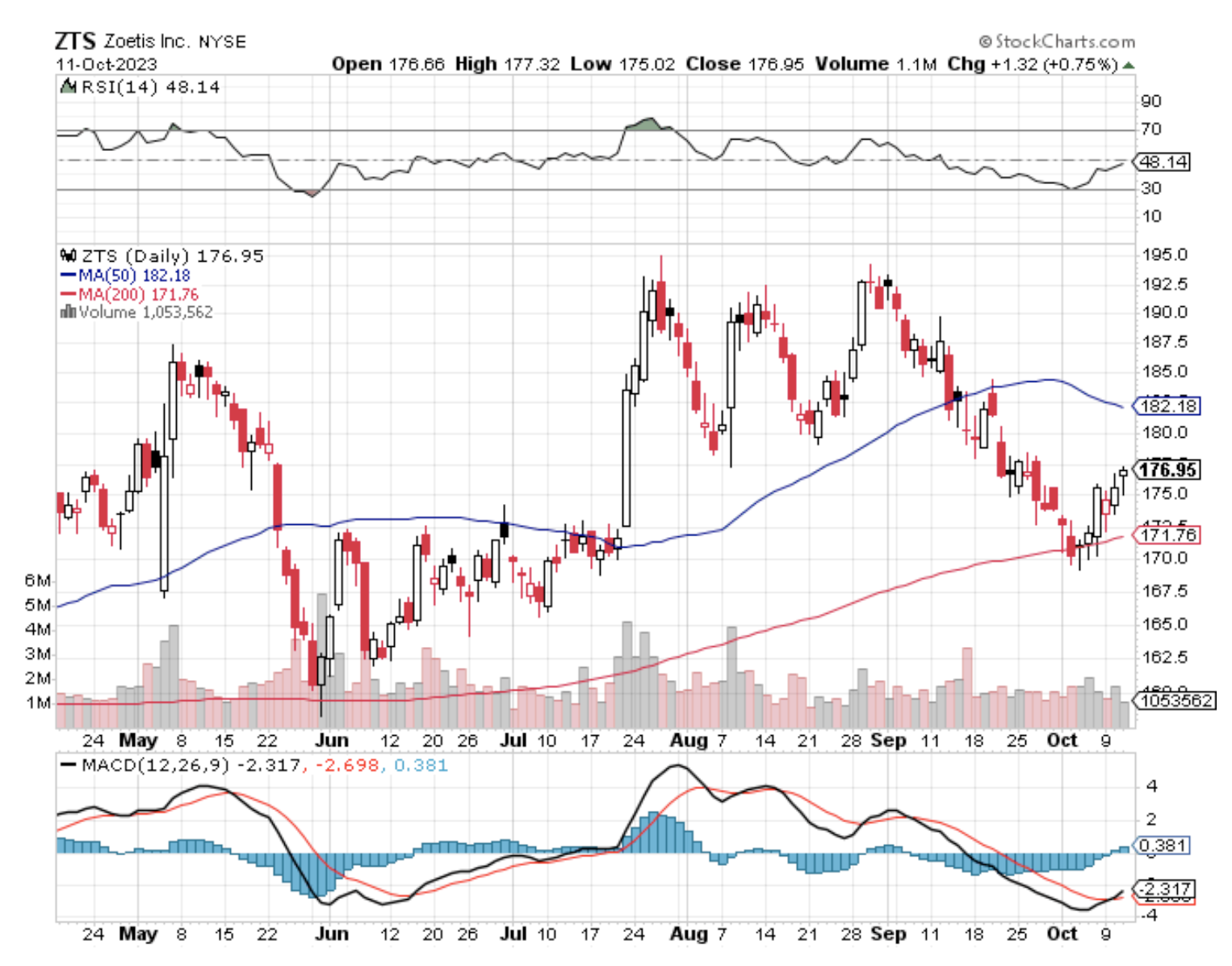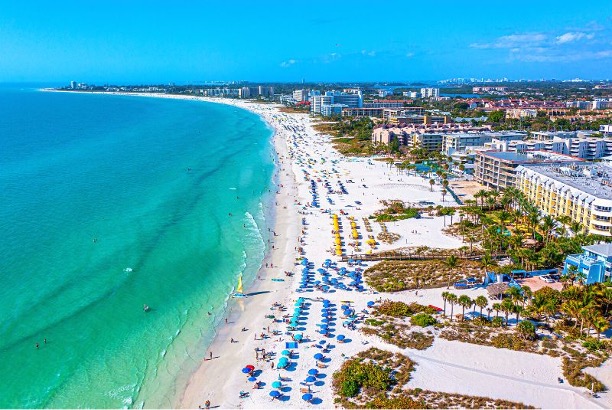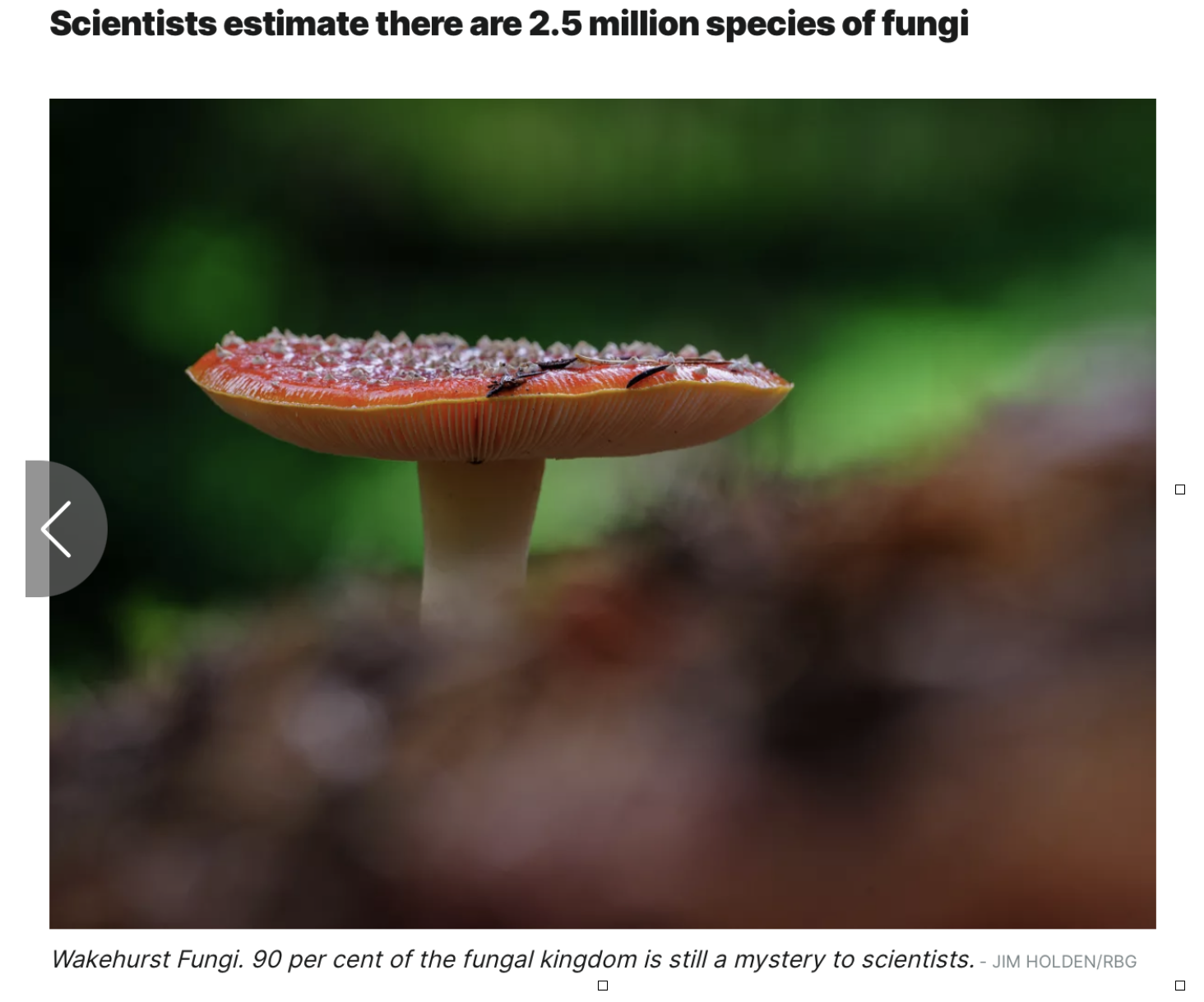Uber is an interesting tech stock that readers need to look at for the long haul.
Even though in today’s tech market, there are many exogenous events creating uncertainty, any big dip in Uber should be looked at as a cheaper price to buy into the stock.
From 2021 to 2022, Uber’s gross revenue went from $17 billion per year to $32 billion per year and that has really set the tone for the company.
The upward trajectory in revenue has cemented Uber as a stable company and has allowed it to shed the label of a speculative company.
Showing revenue stability has gone a long way in 2023.
The performance of the stock has superseded anybody’s wildest dreams.
Uber is solidly on its way to surpass its 2021 peak of $60 per share from the $44 per share today.
That’s not to say they won’t have some down periods along the way.
After an abysmal year for investors in 2022, when rising interest rates completely shut down interest in growth tech stocks, this year has brought some renewed optimism.
The transportation-as-a-service business is experiencing strong momentum right now following impressive financial results.
In the second quarter of 2023, Uber's revenue of $9.2 billion was 14% higher than in the year-ago period.
The business was finally able to register its first-ever operating profit, as this metric came in at $326 million for the quarter. And perhaps even more impressive, Uber produced a record $1.1 billion of free cash flow.
The bulls are optimistic as a result of these positive financial metrics, as the company appears to have reached a tipping point where profits will reoccur in the future.
CEO Dara Khosrowshahi has successfully found ways to cut costs.
Uber spent $8.9 billion in the most recent quarter on all of its costs and expenses which wasn’t a penny more than the same time last year.
Yet the sales base is much higher right now. That's an early sign that the business is scaling up in an efficient manner
Uber is a captivating investment because of just how essential it has become to the daily lives of millions of people.
It's hard to imagine what life was like before Uber existed, as its services are so entrenched around the world.
This superior customer value proposition gives me confidence that Uber isn't going away anytime soon and that maybe its importance will only expand over time.
In Q2, Uber had 137 million monthly active platform consumers (MAPCs), up 12% year over year, who spent $33.6 billion in gross booking value on the app and took 2.3 billion trips.
Plus, there were 6 million drivers and couriers who worked for the app in the three-month period. That goes to show you just how big this platform really is.
Uber also benefits from having an economic moat, which helps it fend off rivals like Lyft. As more riders join the platform, it becomes increasingly valuable to drivers.
Granted, we are in a tough trading time with almost daily reminders that the world is a volatile place. This does not help tech stocks grow and investors sometimes flee to fixed income.
If Uber does deliver investors a big dip, it would be a great chance to hop into some shares.

